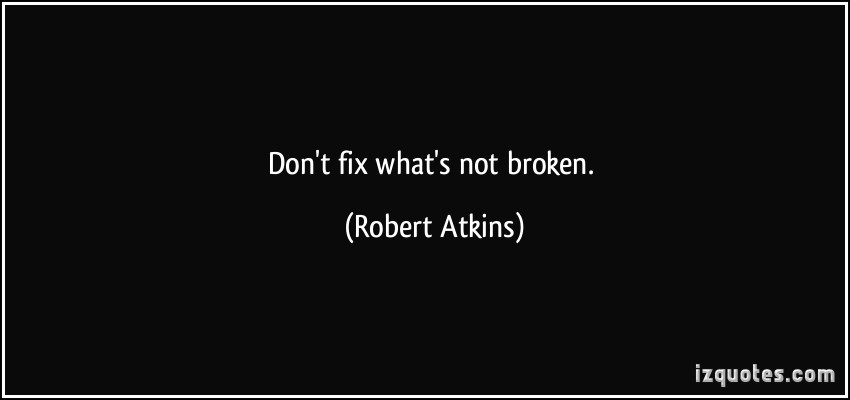Start-up corporate bond trading system OpenBondX is hoping to pull a rabbit out of its hat and jump start activity by emulating what the universe of equities-centric electronic exchanges and ATS platforms do in order to attract order flow to their respective venues: pay broker-dealers for orders given to them buy customers (retail and institutional) and offer a Chinese menu of kickbacks for those who ‘make’ liquidity and those who ‘take’ liquidity, otherwise known as maker-taker rebates.
Before dissecting the proposal by OpenBondX, which is open to buy-siders and sell-siders alike, for those following the ongoing discussions with regard to maker-taker rebates offered by exchanges and the assortment of ATS (alternative trading systems), you already know that the topic has increasingly become a big issue with regulators and buy-side investment managers, who are somehow just beginning to understand the implications within the context of fiduciary obligations and the ever-evolving definition of ‘best execution.’
That said, electronifying the corporate bond market so that buyers and sellers can transact in the secondary market in a way similar to how equities are traded has been a holy grail quest going back more than 20 years, starting with a platform known as “BondNet”, which started its life in 1995 as an inter-dealer-broker (IDB) system and soon thereafter, was acquired by Bank of New York Mellon, with the vision to roll out the platform as an ATS and invite institutional corporate bond traders to have direct access to the dealer market place. When that acquisition, along with BNY’s strategy was announced the biggest banks on Wall Street, along with many of the nearly 90 regional BDs subscribing to that platform put BondNet in the penalty box and pulled the plug on the computers to protest BNY “disintermediating” the relationships those banks and brokers had with the buy-side firms, and more importantly to punish BNY for even contemplating that buy-siders should be able to see wholesale pricing that was available only within the inter-dealer marketplace.
The challenges encountered by the close on 40 different initiatives, 98% of which have failed within 12 months of their respective launch are a matter of historical record. Other than cultural and political issues, the most important obstacles can be found in the fact that “bonds are sold and stocks are bought.” Meaning: institutional investors rely on sell-side institutional sales people to sell them on a particular bond, simply because buy-side portfolio managers don’t have the time or resources to filter through the many thousands of bonds that have been floated and now trade in the secondary market, each with different terms and conditions, different structures, different ratings and assortment of other criteria that goes into calculating the ingredients for a corporate bond portfolio.
The other big item that has been lost on the assortment of “Wall Street electronic trading veterans” and the many entrepreneurs who have attempted to create a robust and liquid electronic trading market for bonds is the simple fact that buy-side managers are most often interested in being on the same side of a trade as their peers; they don’t tend to take each other out of positions. Which is where Wall Street dealer desks had, until the past few years, always played an integral role. Alas, tose big banks have been legislated out of the market-making business courtesy of post financial crisis regs that prohibit banks from holding any significant inventories that can be sold to buy-siders, and hence, they are not able to purchase any significant amounts from institutions unless they have a buyer for those bonds in hand. Today, 98% of corporate bonds are held by institutional investors and the notion of creating a system by which they could trade among each other is still a pipe dream that has passed along from one generation of electronifiers to the next. But, OpenBondX thinks they can be different. Here’s the news release issued this week:
OpenBondX Electronic Trading Platform Rolls Out New Rebate/Fee Structure For Fixed-Income Trading
Recently-launched electronic bond-trading venue OpenBondX, LLC (www.openbondx.com) is implementing an innovative pricing strategy that previously has helped transform other markets.

A twist on the “Maker-taker” rebate pricing model that propelled the successful electronification of markets in other asset classes, OpenBondX (OBX) will incentivize initiators of order flow with rebates that are built into the trade’s settlement. Dealers whose streaming prices result in executed trades on OpenBondX are also eligible for rebates.
Currently live with high-yield and investment-grade U.S. corporate bonds, the OBX Alternative Trading System (ATS) now offers the following rebate/fee structure for liquidity providers and seekers:
- Order initiators of an RFFQ® (Request for Firm Quote®) will be rebated 2 basis points of the notional value per trade (or $200 per million).
- Order responders will be charged only 2.5 basis points of the notional value per trade (or $250 per million).
- Post trade, the rebate or fee is applied to the net settlement value, i.e., the initiators’ cost is adjusted by the rebate of $200 per million dollars and the responders’ cost is adjusted by the fee of $250 per million dollars.
- No additional ticket, transactional or monthly terminal access fees are incurred. This is less than half the typical pricing at electronic venues.
- As OpenBondX is an “all-to-all” platform (open to both buy- and sell-side traders), any subscriber can earn rebates by initiating an RFFQ. And access to the platform is free for all.




